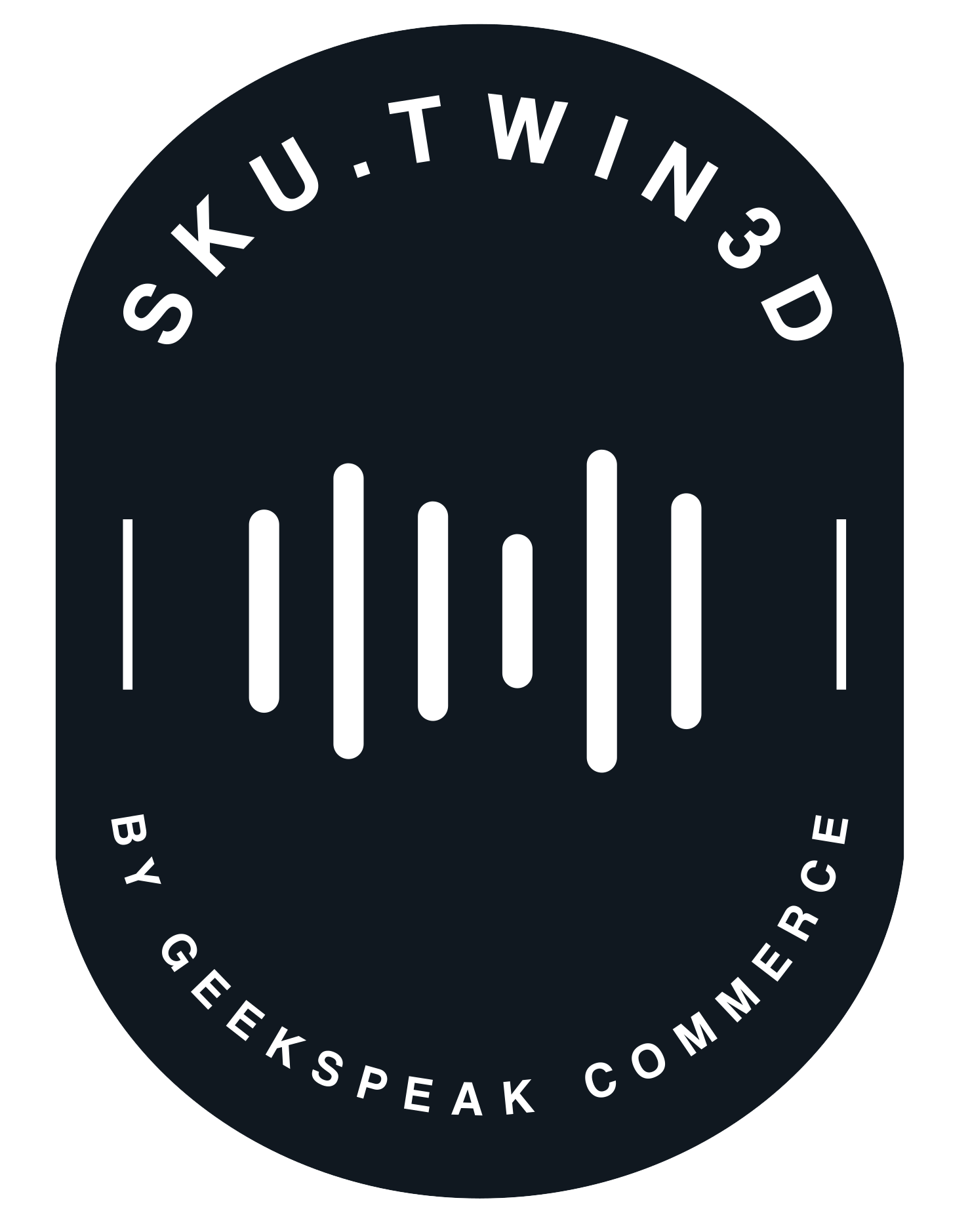The surge of ecommerce has provided consumers with unparalleled convenience, but it has also brought along its set of challenges. One of the biggest hurdles online retailers face is the high rate of product returns. Without the tactile experience of traditional shopping, consumers often find themselves dissatisfied with the products they purchase online. In comes 3D visualization, a technology that is dramatically improving customer comprehension and, in turn, reducing the frequency of returns.
The Challenge: High Return Rates in Ecommerce
In traditional brick-and-mortar stores, shoppers can touch, feel, and try out products before they make a purchasing decision. Online shopping doesn't afford customers the same luxury. Consequently, return rates for online purchases can be high, with some industries experiencing rates upward of 30%. Not only does this result in logistical challenges and additional costs for ecommerce businesses, but it also erodes customer trust and satisfaction.
3D Visualization: The New Frontier in Ecommerce
3D visualization is an interactive tool that allows customers to view a product from multiple angles, zoom in for a detailed look, and sometimes even virtually "place" an item in their environment to better understand its dimensions, style, and functionality. Such immersive experiences answer customer questions that product descriptions or 2D images cannot, such as how the back of a piece of furniture looks or how a particular feature on an appliance operates.
Enhanced Product Understanding Equals Lower Return Rates
The more a customer understands a product, the less likely they are to return it. With 3D visualization, customers can explore a product virtually, gaining a comprehensive understanding of its features, functions, and aesthetics. This process helps them make more informed decisions and aligns their expectations closely with the actual product. Early adopters of 3D visualization technology in ecommerce have reported a significant drop in return rates.
User Engagement and Conversion
But the benefits of 3D visualization aren't just about lowering returns; they also extend to increased engagement and conversion rates. Shoppers are more likely to spend time interacting with 3D visuals, and this heightened engagement often translates to higher sales. Customers appreciate the added layer of reassurance provided by a 3D visual, leading to higher conversion rates compared to standard 2D product images.
Case Studies
Brands like Adidas and BMW have successfully implemented 3D visualization on their ecommerce platforms. Adidas allows customers to rotate, zoom, and thoroughly inspect their shoes. BMW provides a 3D configurator, enabling customers to customize car features in a visual format before making a purchase. Both companies have observed a decline in product returns, attributing it partly to the deeper understanding provided by 3D visuals.
Future Outlook
As consumer expectations rise, the ecommerce sector must continue to innovate. 3D visualization stands out as an innovative solution that satisfies customer demands for more interactive and informative online shopping experiences. Soon, we may even see the technology evolve to incorporate augmented reality, allowing for even more interactive and immersive shopping scenarios.
High product return rates have been an Achilles' heel for online retailers for years. 3D visualization provides a viable solution, enhancing product understanding and thereby reducing the likelihood of returns. The technology not only resolves a longstanding issue but does so while increasing user engagement and conversion rates. For any ecommerce business seeking to build customer trust while boosting the bottom line, 3D visualization is worth serious consideration.
Learn more about the power of 3D product visualization here.

